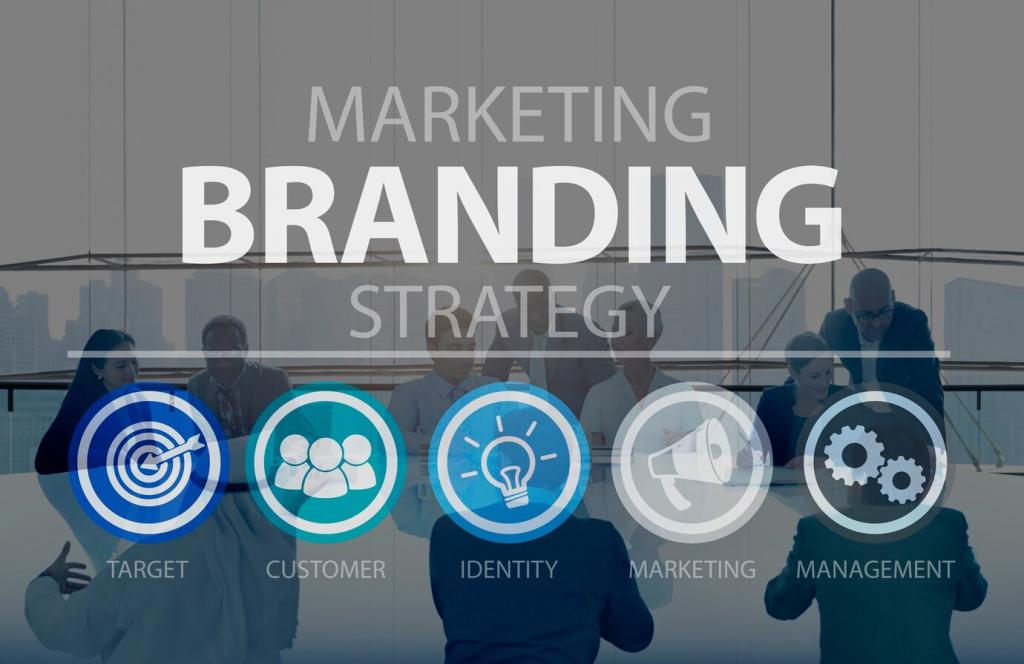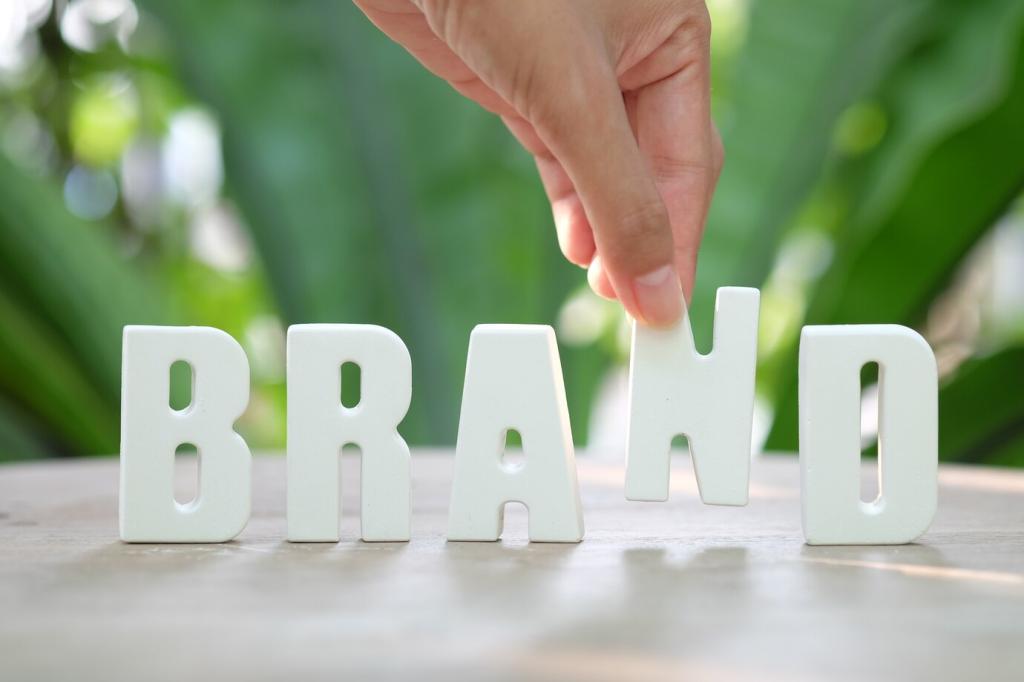Words That Build Greener Futures
Chosen theme: The Influence of Copywriting on Sustainable Design Success. Discover how strategic language turns sustainable intent into measurable action—shaping choices, elevating trust, and helping eco-conscious products, services, and systems succeed in the real world. Join the conversation and subscribe for fresh insights.

Messaging That Makes Sustainability Tangible
Technical specs rarely inspire behavior. Reframing “post-consumer recycled content” as “plastic rescued from local curbside bins and reborn into this product” makes benefits feel immediate, human, and credible. How might your team narrate materials in a way that sparks belief?

The Sustainable Default
People choose defaults because they signal the recommended path. When copy explains the default—“We ship carbon-light by ground first to reduce emissions”—users understand the intention, feel respected, and stick with it. Clarity preserves agency while guiding greener outcomes.

Framing Lifecycle Benefits
A product’s lifetime story matters more than any single feature. Language that frames durability, repairability, and end-of-life options helps customers picture years of use, not weeks. Invite them to imagine ownership over time, and watch satisfaction and retention grow together.

Social Proof for Greener Choices
People follow peers. Honest copy like “Seven in ten customers chose the refill pack last month” normalizes sustainable options without shaming. When numbers are transparent, customers feel part of a movement and the design’s intended behavior becomes the easy, proud choice.
Plain Language for Complex Impact
Swap jargon for clarity: “This lamp uses 70% less energy than a halogen bulb, saving about $50 per year at average rates.” Plain language empowers readers to act, while still honoring the rigor behind the analysis that supports the claim.
Storytelling With Numbers
Numbers land when anchored in daily life. “Switching to cold wash saves enough energy to power a laptop for a week” is memorable. Pair relatable comparisons with citations and your sustainable design story becomes both emotionally sticky and intellectually defensible.
Explaining Standards and Certifications
Logos alone are cryptic. A single line beneath a badge—“Certified to FSC standards for responsibly managed forests”—bridges the gap. Contextual copy turns icons into informed consent, inviting customers to learn more rather than blindly trust unfamiliar symbols.
Voice and Tone for Planet-Positive Brands
Clarity Over Virtue Signaling
Skip moral grandstanding. Use humble, specific language that respects readers’ intelligence and constraints. Words like “choose,” “try,” and “consider” keep the door open; promises tied to measurable commitments keep trust intact even when ambitions are high and time-bound.


Consistency Across Touchpoints
From packaging to customer support, consistent copy builds recognition and reinforces sustainable behaviors. If your email says “bring the jar back,” your store sign should echo it. Consistency reduces friction, strengthens habits, and makes your eco-intentions unmistakably actionable.
Field Notes and Mini Case Stories
A Packaging Rewrite That Cut Returns
A home goods brand changed “handle with care” to “open gently and reuse this sturdy mailer for your return or donation.” Customers reused the packaging, reduced damage on opening, and returned fewer items. Design intention finally had the words it needed.
Signage That Boosted Recycling Accuracy
A campus pilot replaced “Recycle” with “Plastic bottles only—empty and cap on.” Paired with photos, contamination dropped markedly within weeks. Clear, specific copy turned good intentions into correct actions, preserving the design integrity of the waste-stream system.
Repair Language That Sparked Pride
A fashion label reframed repair from “fix a flaw” to “extend the story of your favorite piece.” Customers booked mending appointments, shared before-and-after photos, and kept garments longer. Copy turned maintenance into a badge of care, matching the design’s purpose.
Calls to Action That Measure Up
Anchor CTAs to a Single, Clear Outcome
“Choose the refill pouch” beats “Explore sustainable options.” When the desired action is unmistakable and one-step, friction falls. Pair with a short why—“saves 80% packaging”—and watch the conversion gap between intention and impact finally narrow.
Ethical Persuasion, Not Pressure
Use transparency to build commitment: “We default to low-impact shipping; change it anytime.” Respect fosters trust, which increases follow-through. Ethical language partners with design to create informed consent, not coerced clicks, aligning behavior with values over the long term.
Iterate, Learn, Improve
A/B test copy on repair bookings, refill uptake, or take-back returns. Share results with your community: it proves accountability and fuels momentum. Continuous learning ensures your sustainable design stays alive in practice, not just in the project brief.

Join our mailing list
